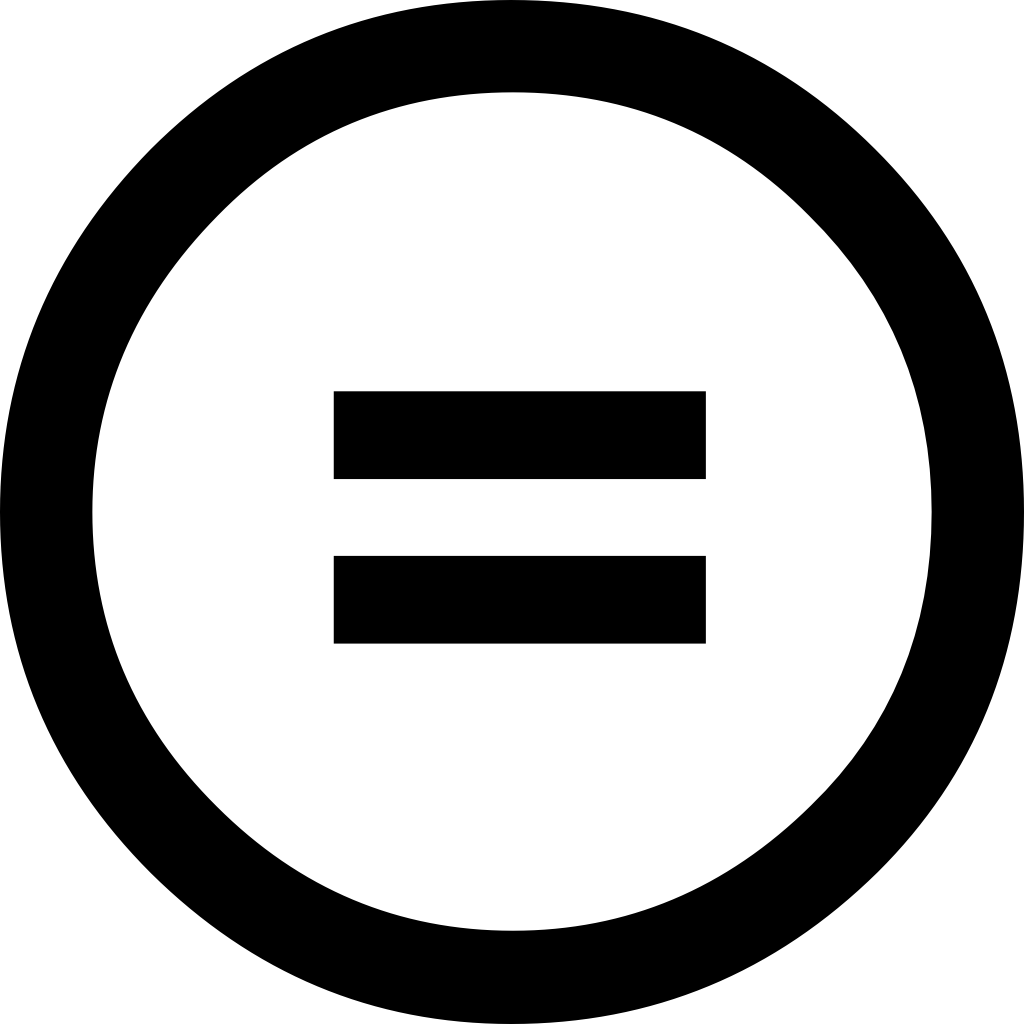When reusing and remixing openly licensed works, it's important to provide accurate attribution to the original author and to make it clear when a work has been adapted. These resources will help you provide proper attribution.

This work is licensed under a Creative Commons Attribution 4.0 International License.
Creative Commons licenses communicate which rights the creator wants to retain over their work and which rights they're willing to share. Creative Commons licenses have four potential components:
![]() BY: Attribution. Users must attribute the original work and creator.
BY: Attribution. Users must attribute the original work and creator.
![]() SA: Share Alike. Any edits must be shared using the same license as the original.
SA: Share Alike. Any edits must be shared using the same license as the original.
![]() NC: Non-commercial. Users aren't allowed to make commercial uses.
NC: Non-commercial. Users aren't allowed to make commercial uses.
 ND: No derivatives. Users aren't allowed to make derivatives.
ND: No derivatives. Users aren't allowed to make derivatives.
These restrictions combine to make six Creative Commons licenses. Each license can be interpreted by thinking: "Users are allowed to do whatever they want with the work as long as they _______," where you fill in the blank based on the license restrictions. For example, the CC BY-NC-ND license can be interpreted as "Users are allowed to do whatever they want with the work as long as they attribute the original creator/work (BY) and don't commercialize (NC) or make changes to the work (ND)."

Hover over the license text for more information about what each license means. Clicking on the link will take users to the licenses' site on the Creative Commons website.